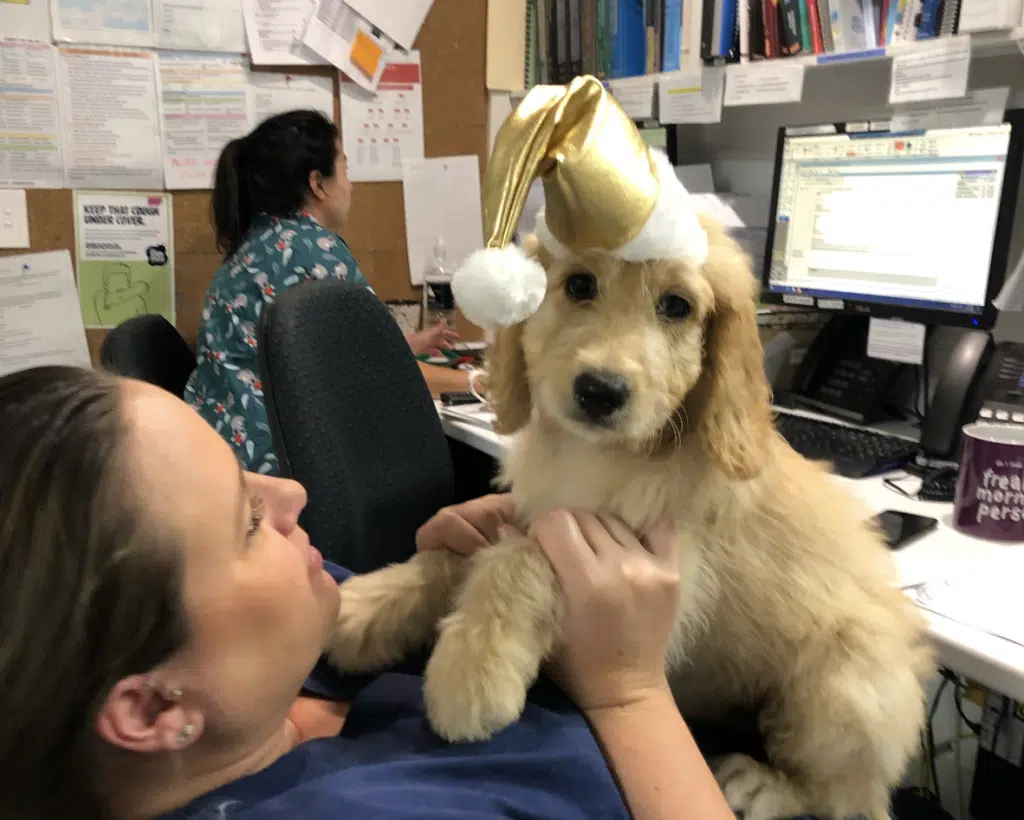Embarking on a journey into the realm of locum relief work can be a transformative experience for veterinarians. Drawing insights from recent extensive research involving over 850 relief or locum veterinarians globally, we’ve identified three key motivators driving professionals to choose the path of veterinary locum work:
- Flexibility
- Variety
- Quality of Life
The allure of dictating when and where you work, gaining diverse clinical exposure, and having control over your work-life balance makes locum relief work an enticing career choice.

So whether you dream of spending months working in Hobart, Canberra, Perth or South East Queensland, the possibilities are endless at Animal Emergency Australia. And to facilitate a smooth transition into the world of locum relief veterinary work, we’ve put together these 10 crucial tips to consider:
1. Define Your Goals for Veterinary Relief
Before diving into locum work, clarify your motivations and goals. Are you driven by a passion for travel, seeking part-time opportunities, or aiming to enhance your skills in a specific area? Knowing your “why” will guide your choices in terms of locations, types of practices, and the duration of your locum lifestyle.
2. Verify Certifications
If you studied abroad, ensure that you are eligible to practice in Australia. Our helpful team can assist you if you want to have a chat about your qualification. Different jurisdictions may have specific requirements in addition to those outlined by the Australasian Veterinary Boards Council. It’s crucial to meet them before embarking on your locum veterinary journey. Please also check our resources from our recent webinar and watch the full recording below:
3. Secure Professional Indemnity Cover
Take responsibility for your Professional Indemnity Cover to ensure consistent protection. Having your own coverage avoids complications associated with relying on individual clinic policies and ensures continuous insurance, especially when working in different locations.
4. Engage a Reliable Accountant
Invest in an accountant to manage paychecks, taxes, and retirement planning. Their expertise can help you navigate tax deductions and financial planning, ensuring you make the most of your locum relief earnings.
5. Set Competitive Veterinary Relief Rates
Determine your locum rates based on factors like experience, specialisation, and the nature of the role. Consider regional mixed-practice clinics, or veterinary emergency work, which often offer higher compensation for veterinarians filling in positions during busy times or staff leave.

6. Develop a Comprehensive Contract
Create a standardised contract that outlines your fees, obligations, responsibilities, and compensation terms. Be clear about travel and housing arrangements, ensuring a transparent agreement with each clinic.
7. Stay Organised
Maintain meticulous organisation, both in terms of paperwork and personal belongings. Keep important documents secure, create a portable veterinary kit, and streamline your possessions to facilitate a flexible, on-the-go lifestyle.
8. Actively Seek Veterinary Relief Opportunities
Proactively market yourself as a locum relief vet by building a specialised resume, registering with locum relief websites and apps, and networking with veterinary professionals on social media. Engage with veterinary job search platforms and consider collaborating with other locum professionals for increased visibility.

9. Establish a Personal Brand
Consider creating a professional website to showcase your expertise and availability. Writing about your experiences in blogs or industry publications can enhance your reputation and establish you as an authority in the field.
10. Maintain Professionalism
Demonstrate professionalism in communication, appearance, and flexibility. Be responsive, adaptable, and approach tasks with diligence, fostering a positive reputation as a reliable locum veterinary professional.
Bonus Tip: Build a Financial Buffer
Create a financial buffer equivalent to three months of living expenses. This can provide peace of mind and flexibility in managing your veterinary relief career. A buffer ensures you can navigate uncertainties and make strategic decisions about job opportunities.
With the right mindset and adherence to these guidelines, transitioning into a locum relief veterinary career in Australia can offer the flexibility, variety, and quality of life you seek in the next phase of your professional journey! So if you’re thinking about exploring veterinary relief work, reach out to our team and we’ll help answer any questions you might have.
(Note: The term “Relief Veterinarians” is used regularly in the USA and Canada – “Locum Veterinarians” in the UK, Australia, NZ, and parts of Asia – Locum and/or Relief Veterinarians elsewhere”)



